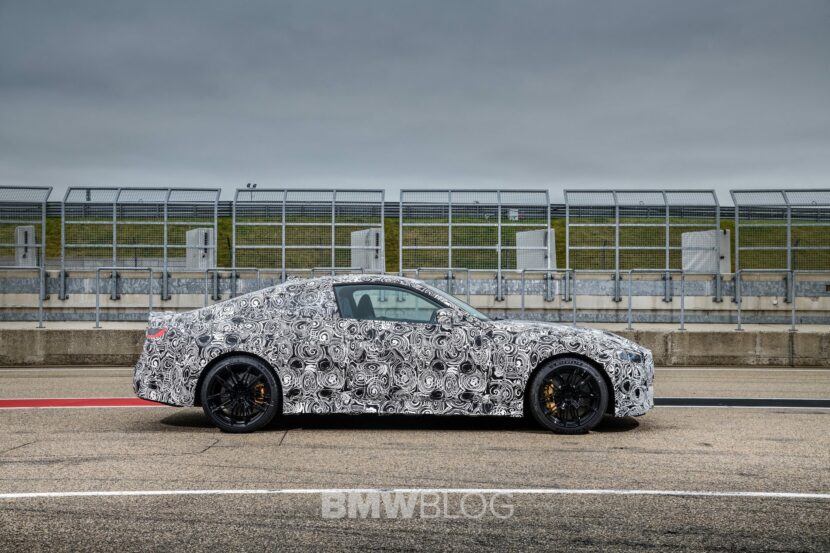Gas prices are lower than they have been in as far as I can remember. Yet despite the plummet in the cost of gas, electric vehicles sales are actually up. More people are buying pure EVs than ever before. According to Kelley Blue Book and USA Today, sales for EVs in the month of January are up 18 percent over last January. Ironically, though, hybrid sales are down 4 percent since last January. So why the bump in EVs?
One word — Incentives.
The average incentive dollars being spent on EVs this past January was $10,700. That’s a huge chunk off a vehicles sticker price. It get’s quite impressive when you look at the effect on individual cars. The BMW i3 REx, for example, gets a total of $9,000 worth of incentives, according to KBB, on its $46,250 price tag.
Automakers are giving out so much in sales incentives and finance deals, that their making little to no profit at all on EVs. This is to boost sales, obviously, and most automakers make enough on other models to take the hit, but it’s still tough on them. The idea is to get people into EVs and push them into the mainstream market.
READ ALSO: BMW i3 REx to the rescue
The reason for having to add so many incentives (government, dealer or manufacturer) is the high cost of EVs. The high cost of EVs used to be offset by the eventually savings in fuel and maintenance, but the recent low cost of fuel and highly efficient economy cars have squashed those savings a bit.
Certain states, like California and Oregon, also have EV and hybrid sales quotas for automakers, which almost forces their hands into offering profit-killing incentives just to get people into these vehicles. That adds a lot of pressure to lower the cost of EVs, but with such low sales numbers and incentives cutting profit margins, it’s hard to be profitable enough to do so.
Fortunately, sales figures for electric vehicles and hybrids are up, but it’s mostly due to the huge incentives. The goal is to create EVs and hybrids at lower costs which can then be transferred to customers. This way, people can buy EVs without massive incentives and automakers can sell them while profiting. Cars like the BMW i3 and Tesla Model S are starting to help get the word out create a desirable market for EVs and are a sign things are moving in the right direction. But it’s still going to take some time.




































































